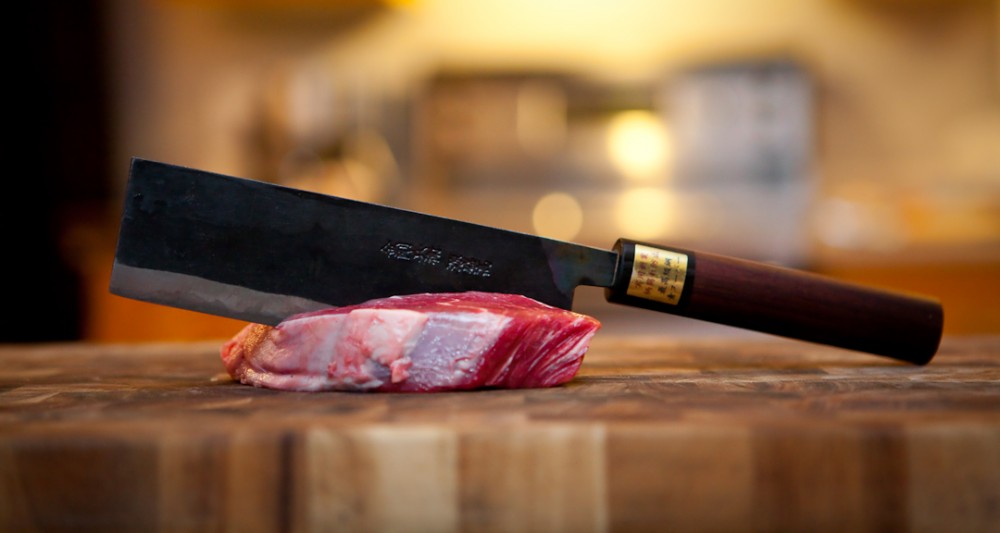The vegetable stock you buy in the grocery store is pretty good, so do you really need to make your own from scratch? Generally speaking, the answer to that question is a resounding no. However, you will often find that you have some leftover carrots and celery in your fridge that are getting past their prime and you don’t really need and/or want to use them in any dish you are planning to make in the next few days so they are probably going to end up in the garbage. In that case, you are no longer choosing between homemade and store bought vegetable broth but between throwing vegetables in the garbage or using them to make about two months’ worth of vegetable broth. When you look at it that way, you may find yourself making homemade vegetable broth. You aren’t making a broth from scratch so much as you are cleaning out your fridge and cupboard.
When making your own broth you can use almost any vegetable you have lying around, but the ones that are best suited and should form the base of all your broths are onions, garlic, celery, and carrot. These happen to be among the most frequently used aromatic vegetables and the ones most likely to be lying around somewhere in your kitchen. There are other vegetables that make good additions, such as bell peppers or leeks. There are other vegetables that just don’t belong in broth, particularly starchy and a lot of leafy vegetables. Don’t ever put potatoes, chard, or kale in a broth; if you really don’t want to throw them in the garbage after they are past their prime, start a compost or give them to someone who owns a horse.
Tools:
- 2 pots (one to make the broth and one to sterilize the mason jars)
- A couple of half litre mason jars for bottling
- 1 knife (technically even this is optional as no fine cutting is required. If life has been unkind to you it is possible to simple smash and snap the vegetables with your hands, although I would not recommend it).
- Tongs
Ingredients:
- 8 cups of potable water
- 3 or 4 carrots
- Couple cloves garlic
- 2 or 3 onions
- 2 or 3 bay leaves
- Whatever celery you have left over in your fridge
- Any leftover Sage or Thyme (but no other herb, except maybe parsley)
- 1 tbsp peppercorns
- 2 tbsp salt
Directions:
Chop up all of the ingredients and throw them in a pot with the water and simmer for a few hours. Taste at some point to see if it has enough salt. When you are finished simmering the broth, pour it through a strainer into another pot, then rinse and fill with water and bring to a boil. Continue simmering the strained vegetable broth as the water in the second pot comes to a boil. Boil the jars and lids for minute or two in the boiling water, and then carefully lift out the jars and dump out the boiling water. Fill with the vegetable broth and then use the tongs to place the lids on top of the jars. Use a dish towel to tighten the lids. After the liquid cools check to make the lids are tightly sealed. The lid should have snapped down as the air inside the jar contracted.
